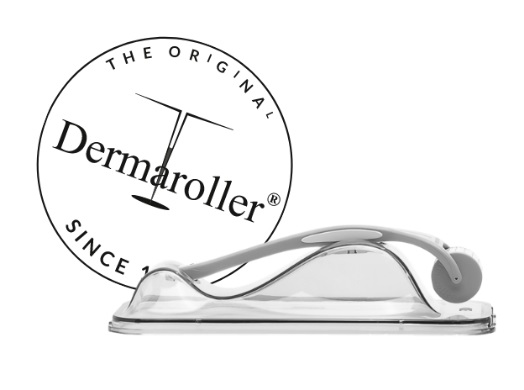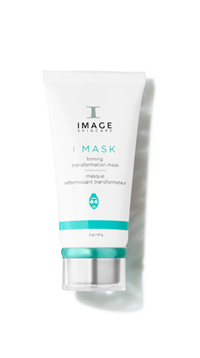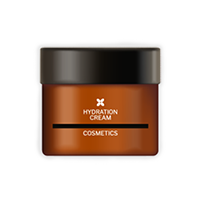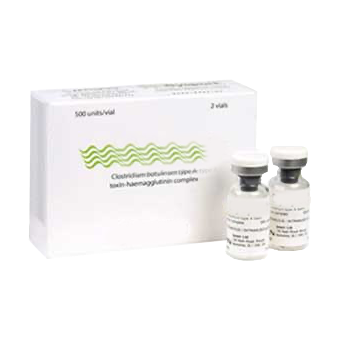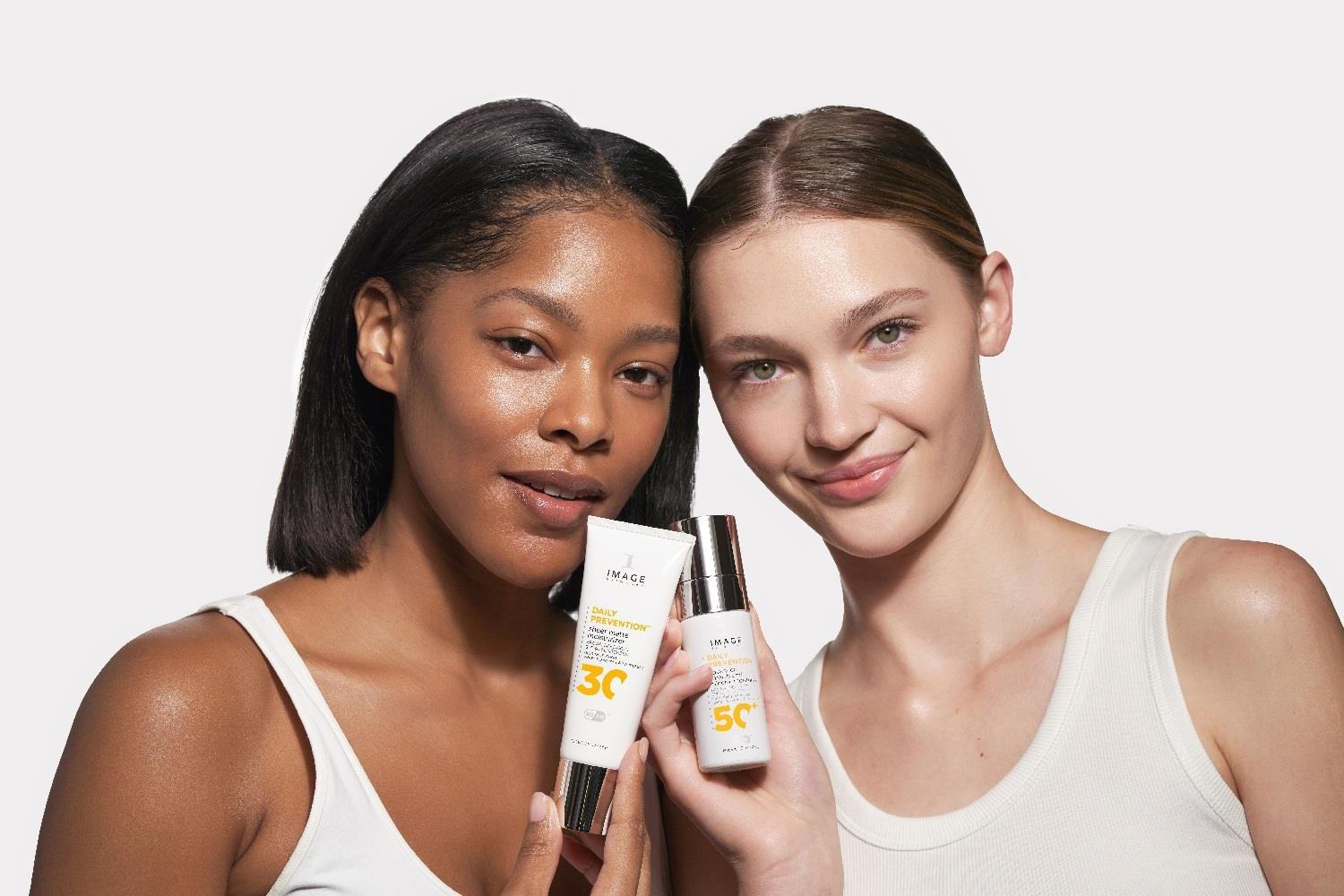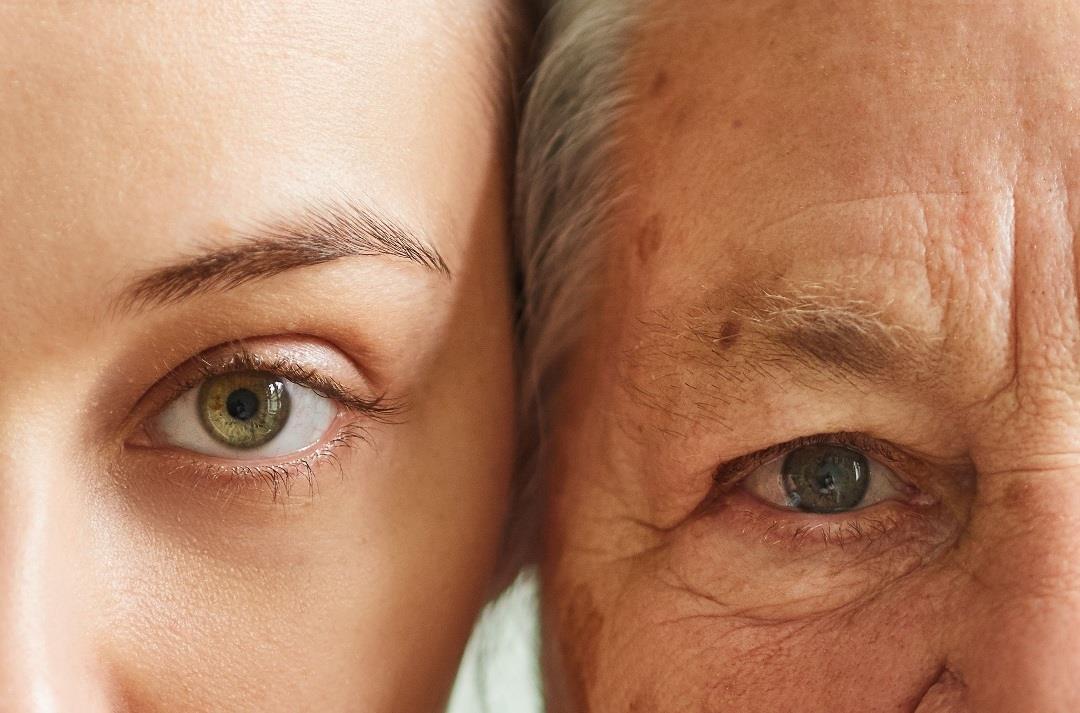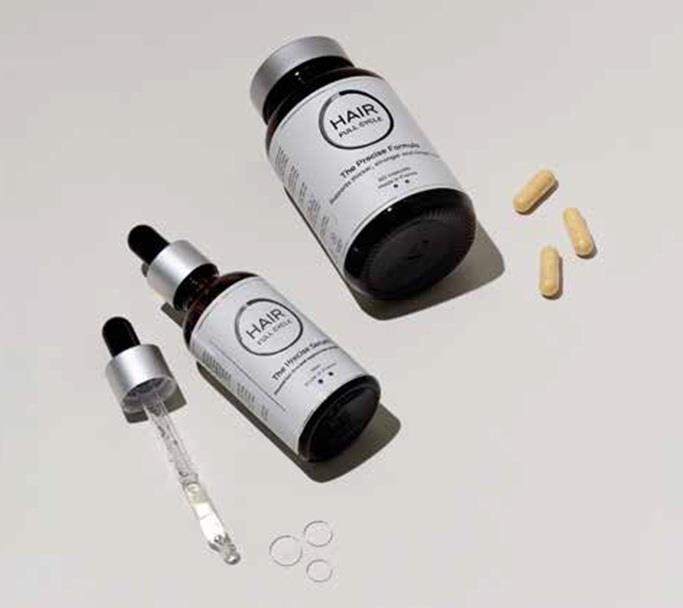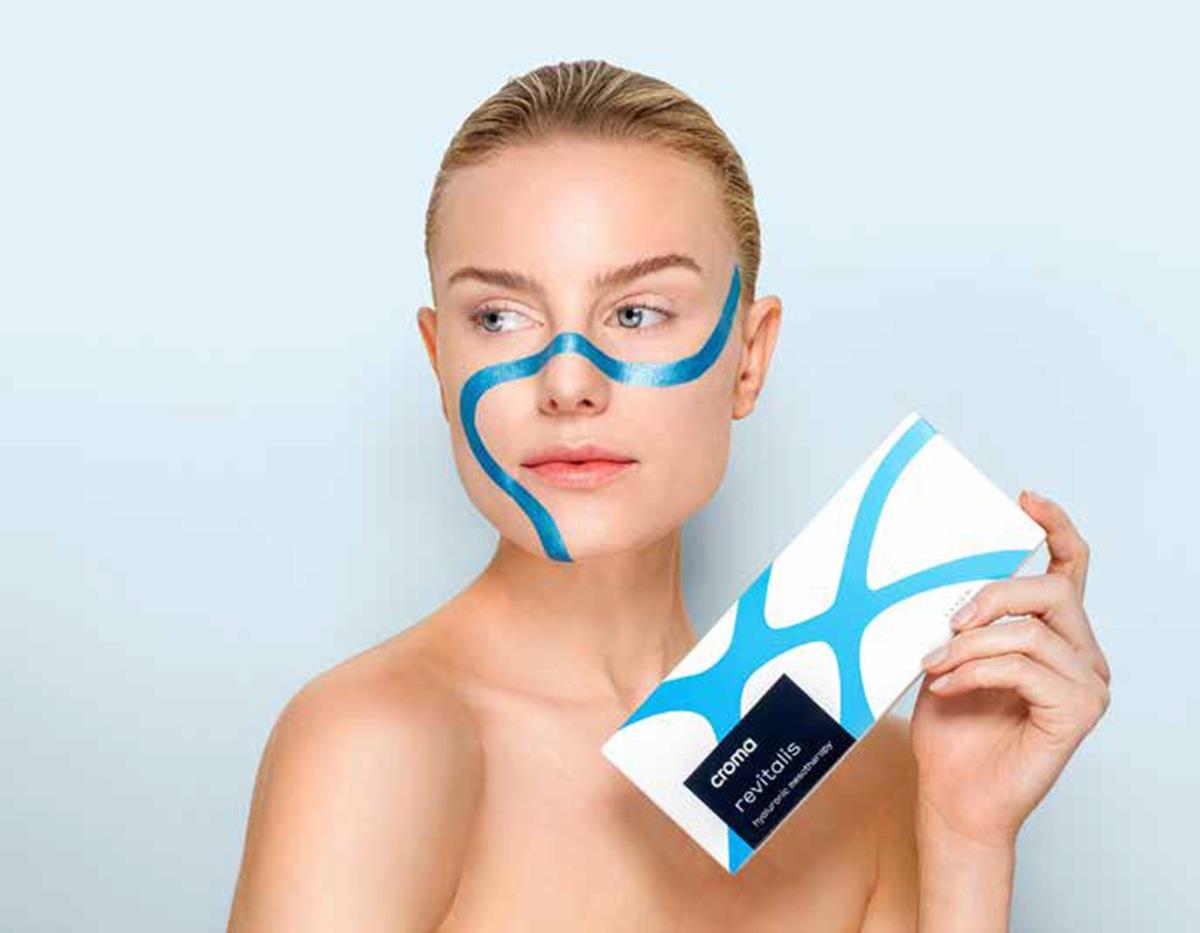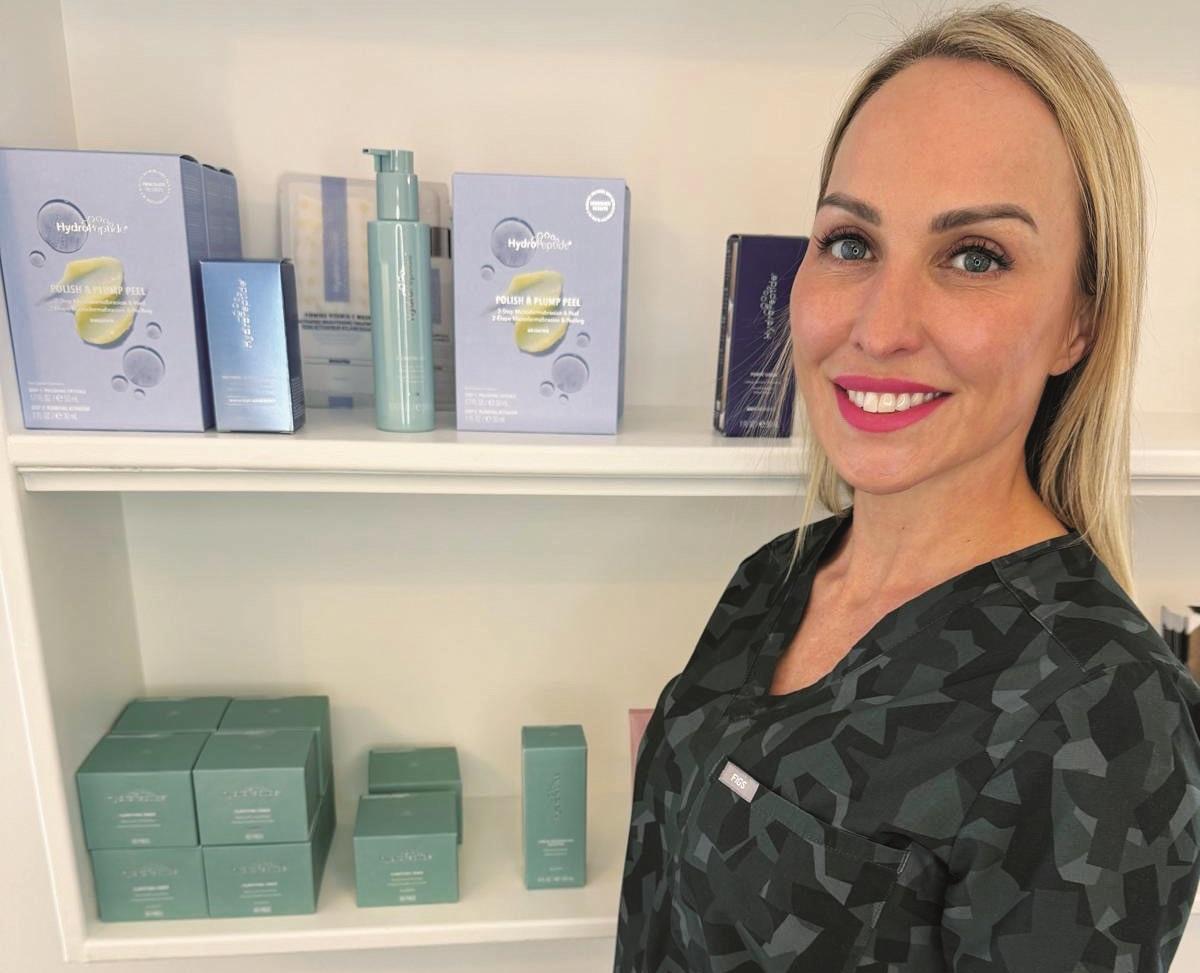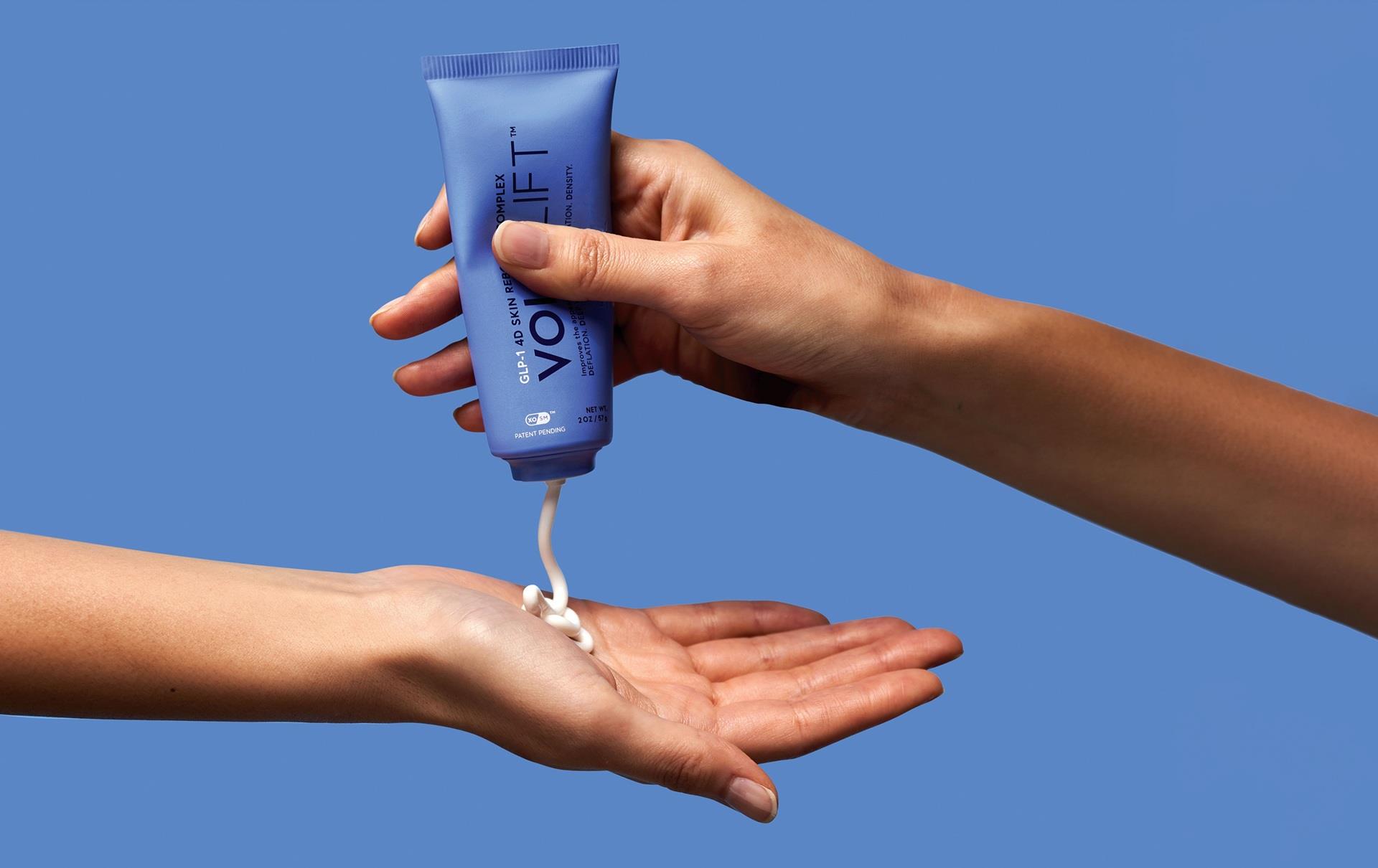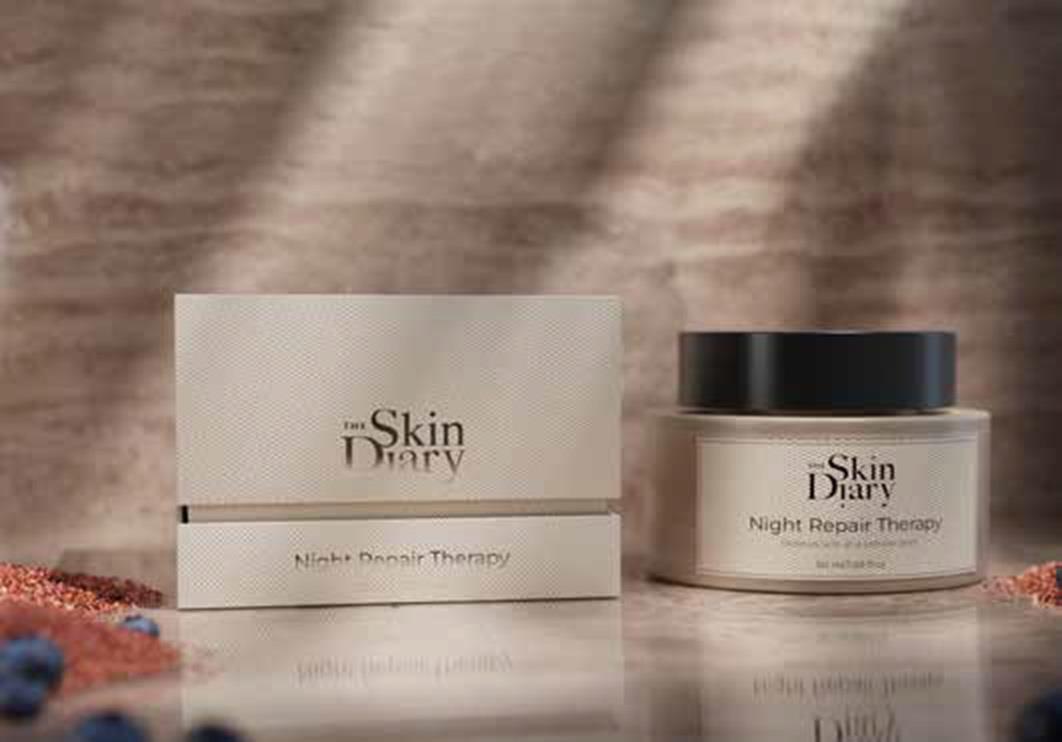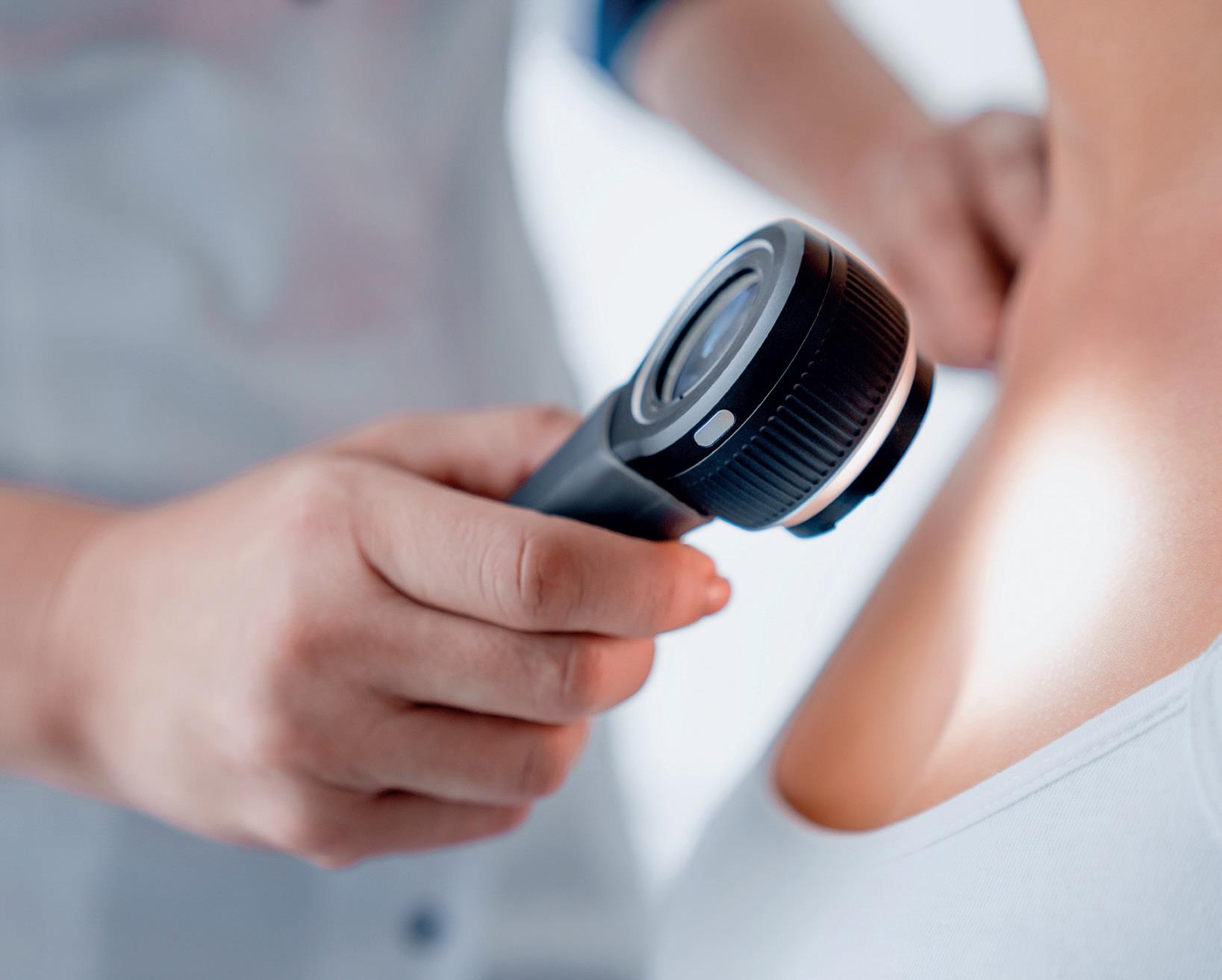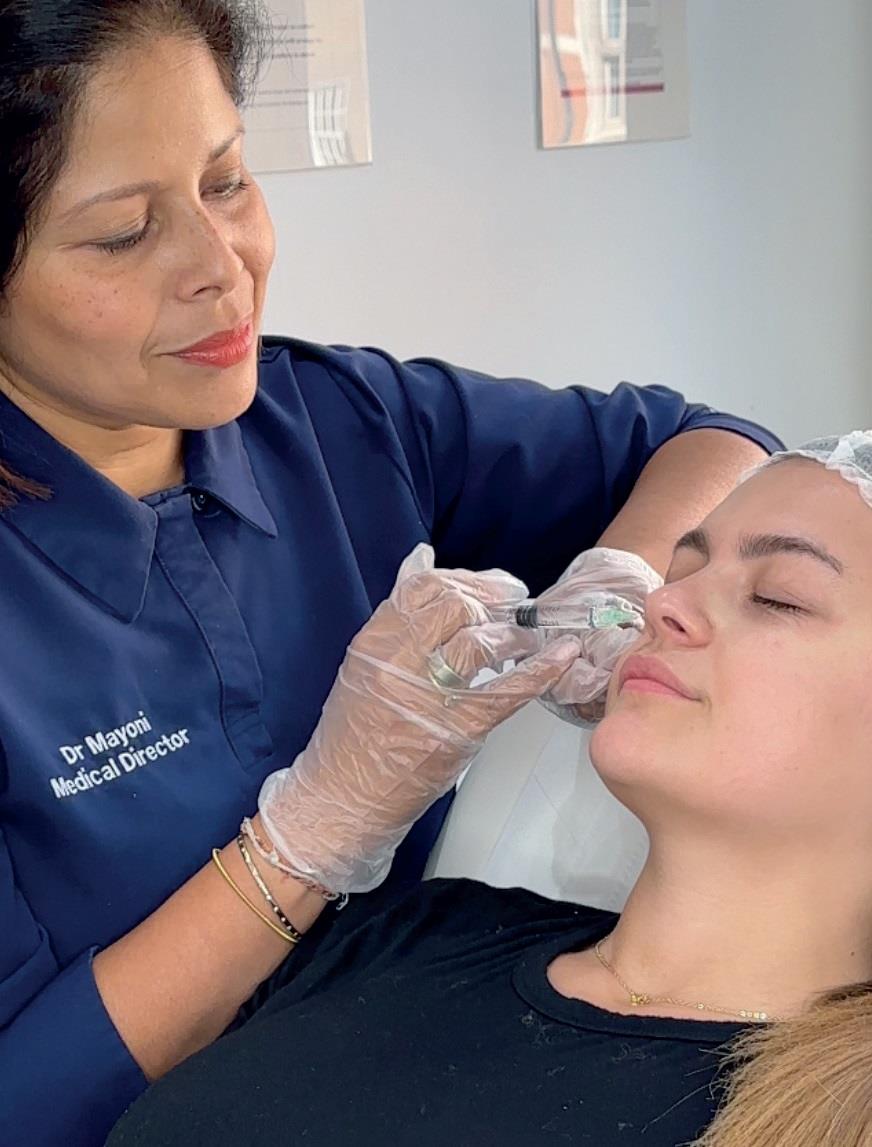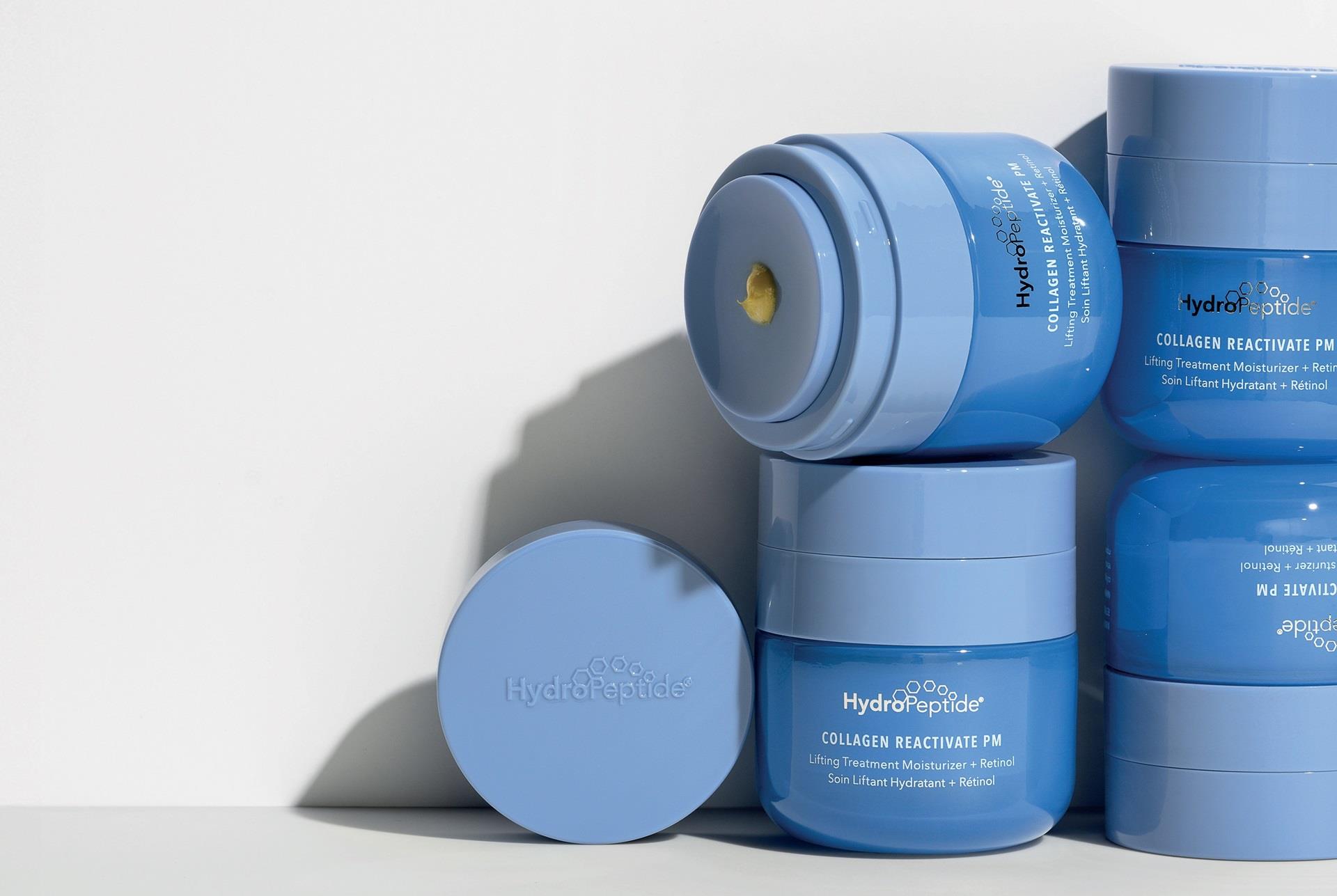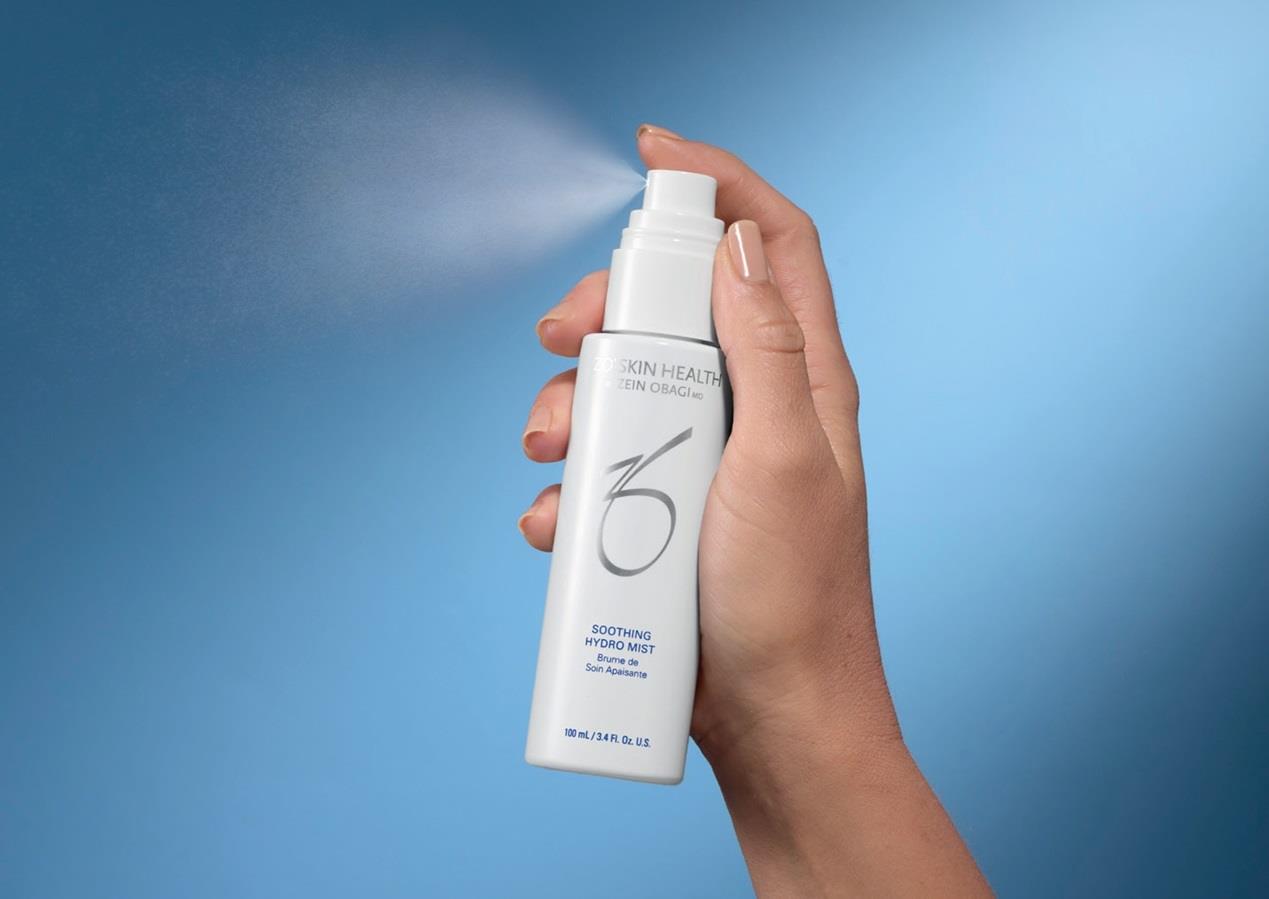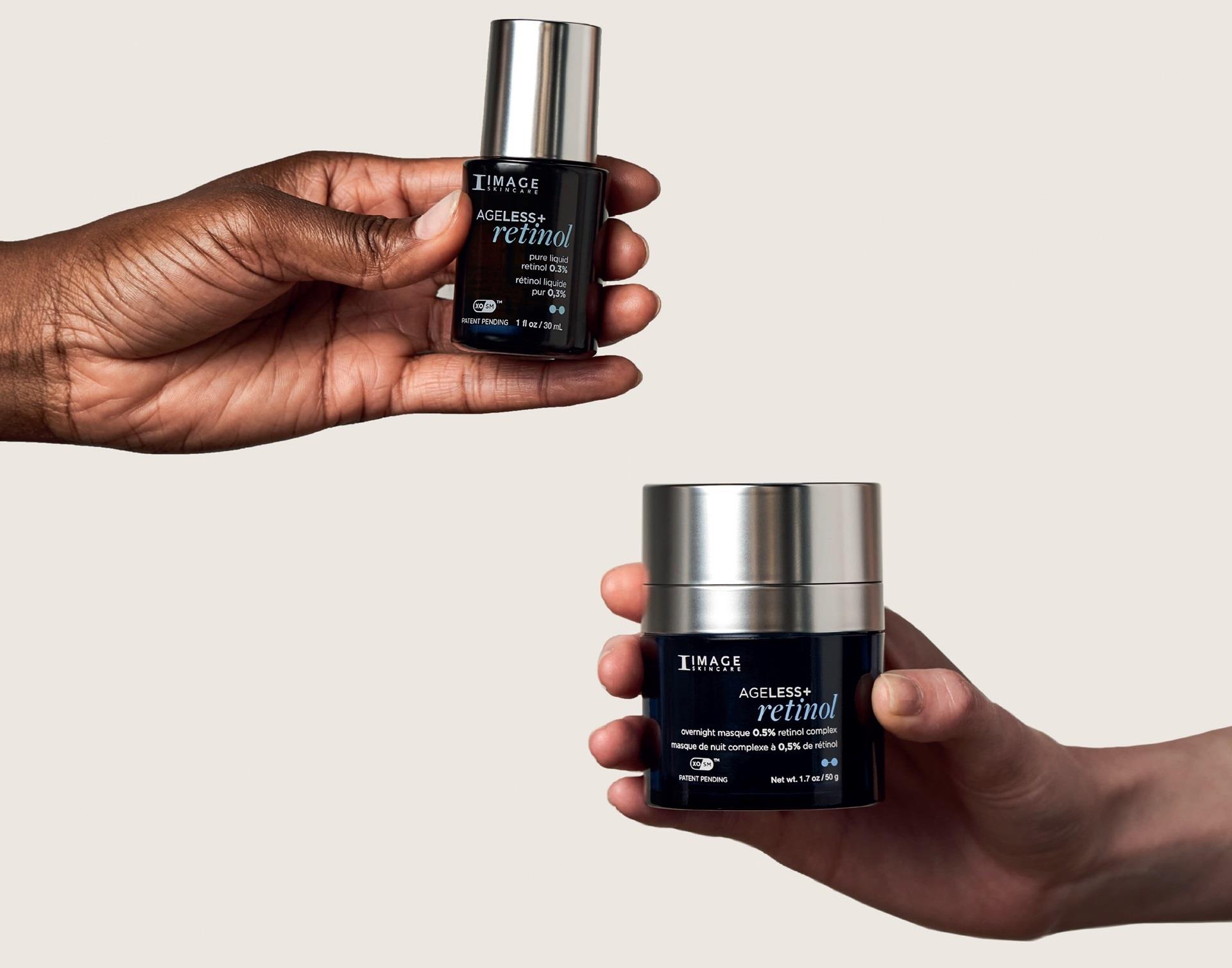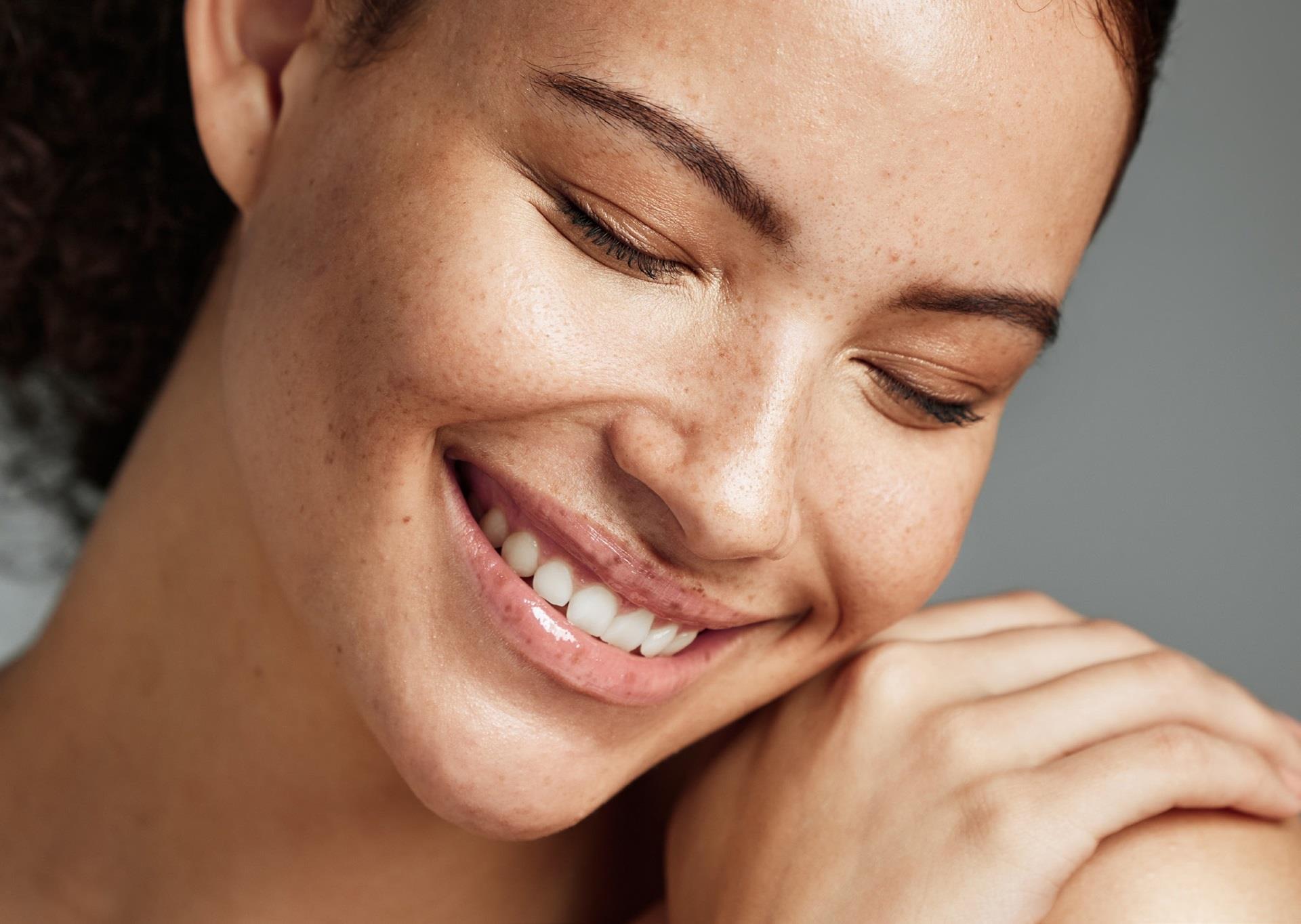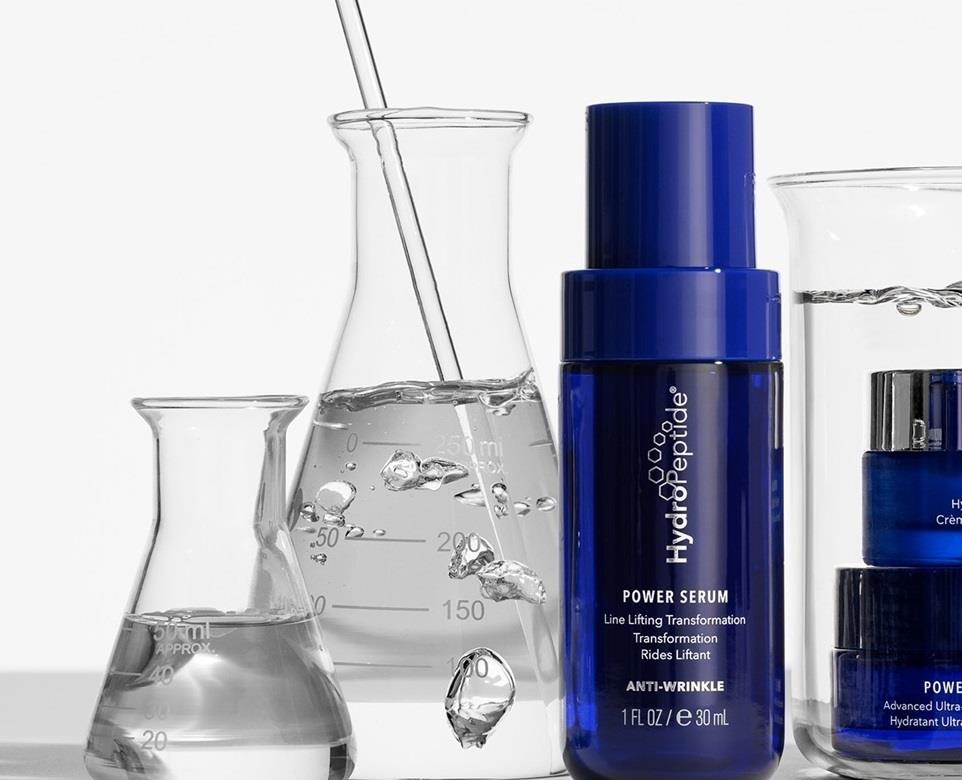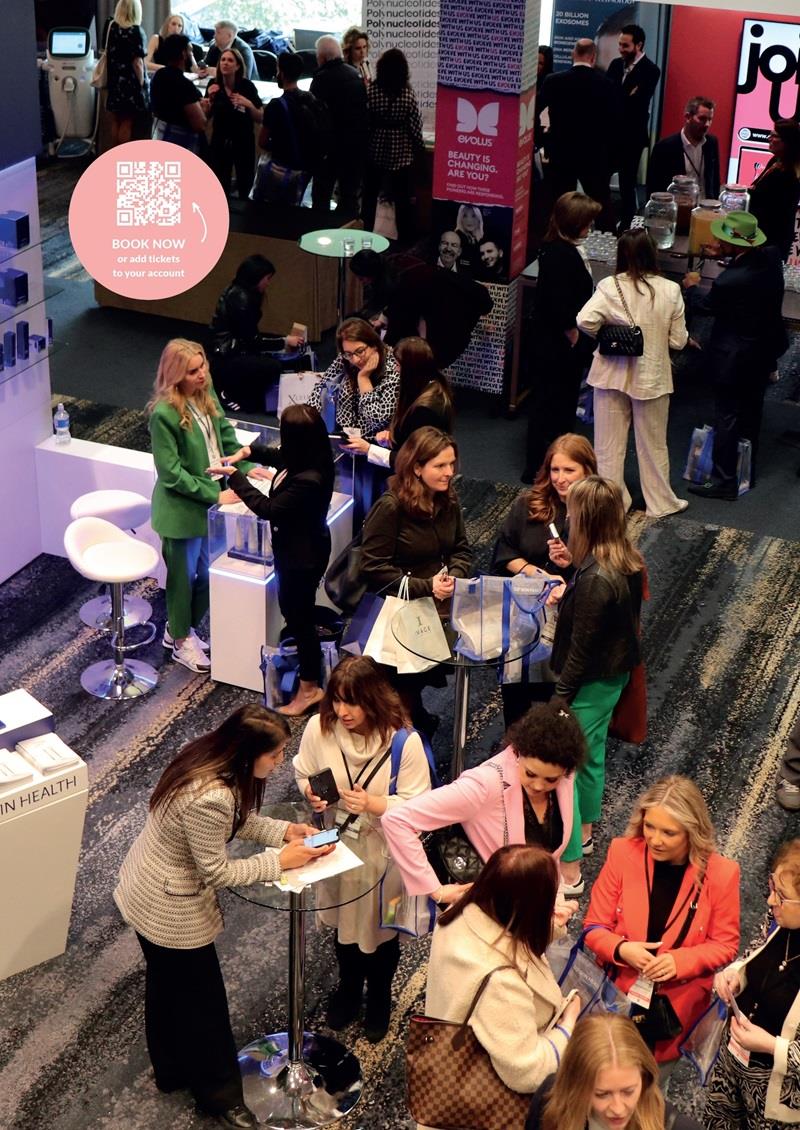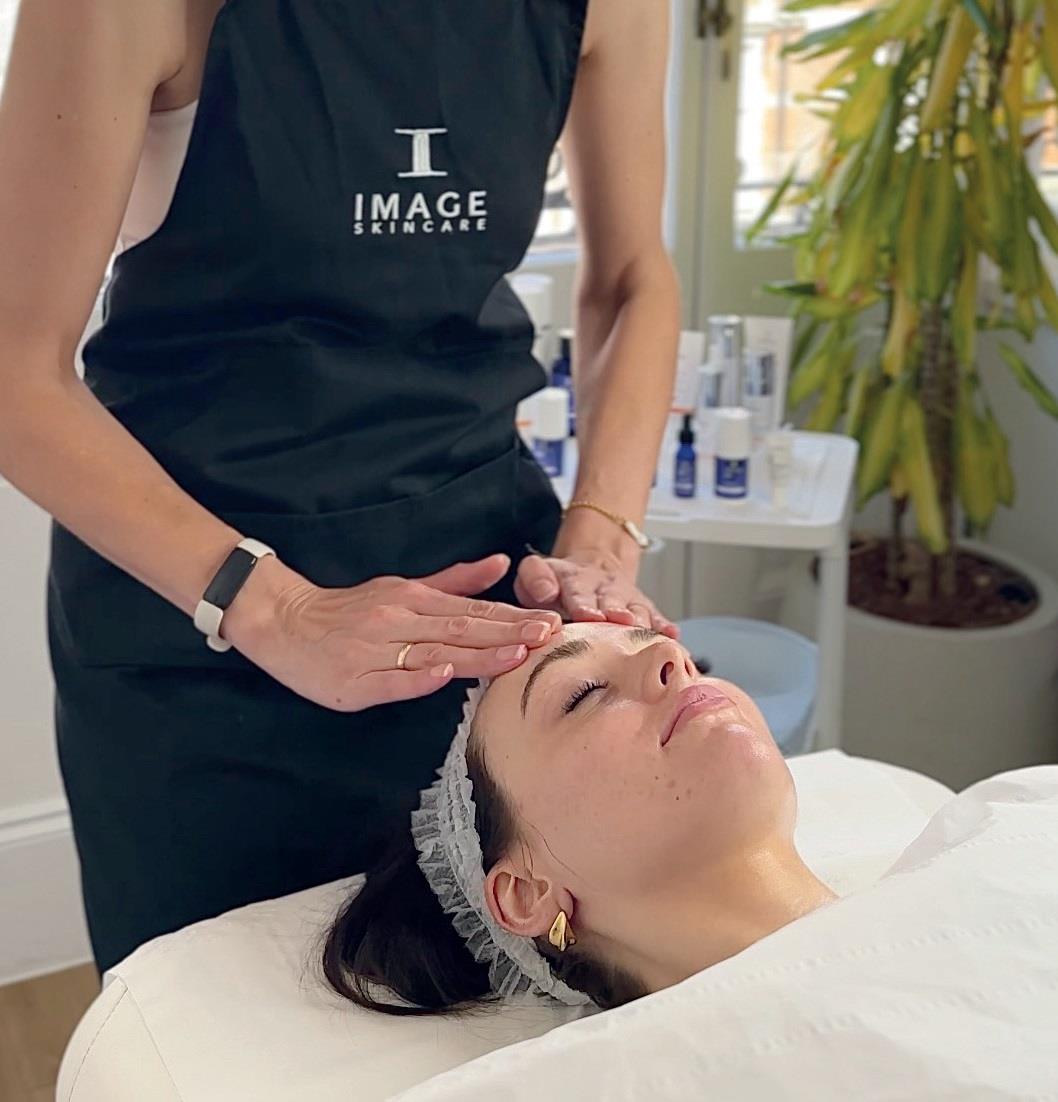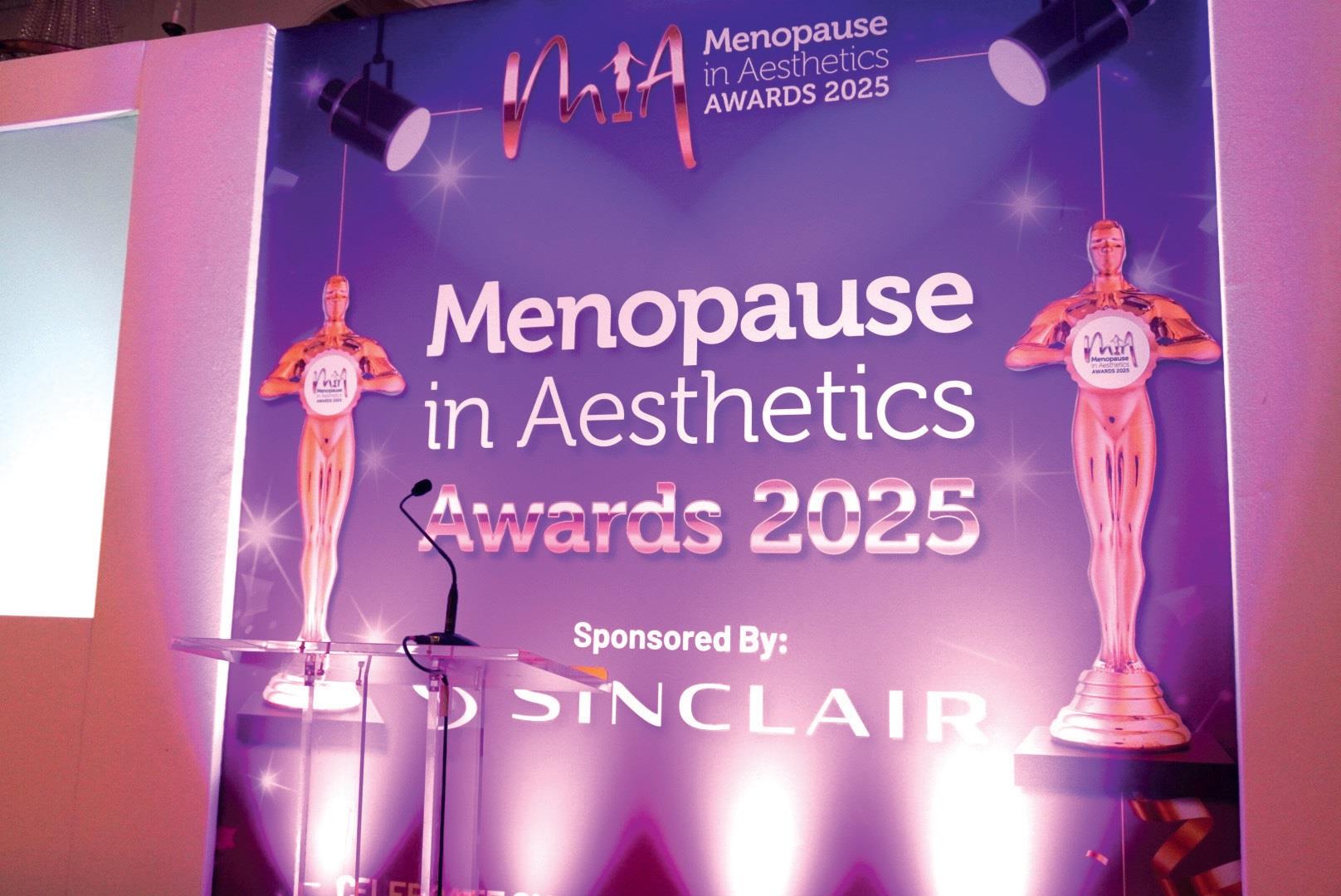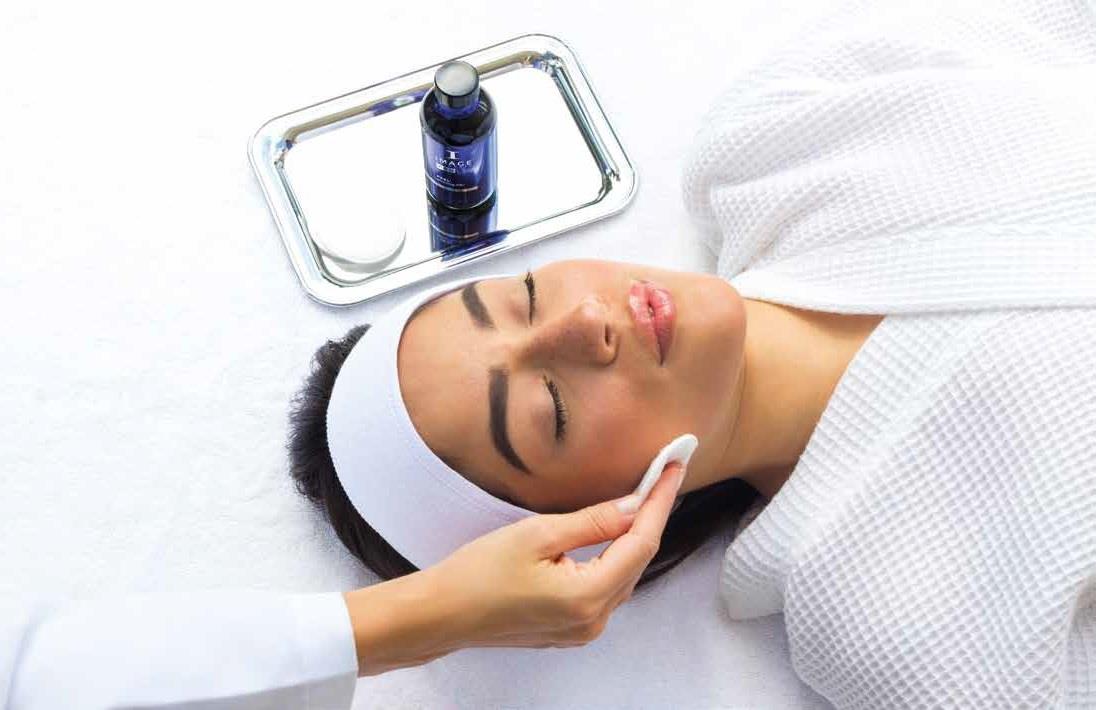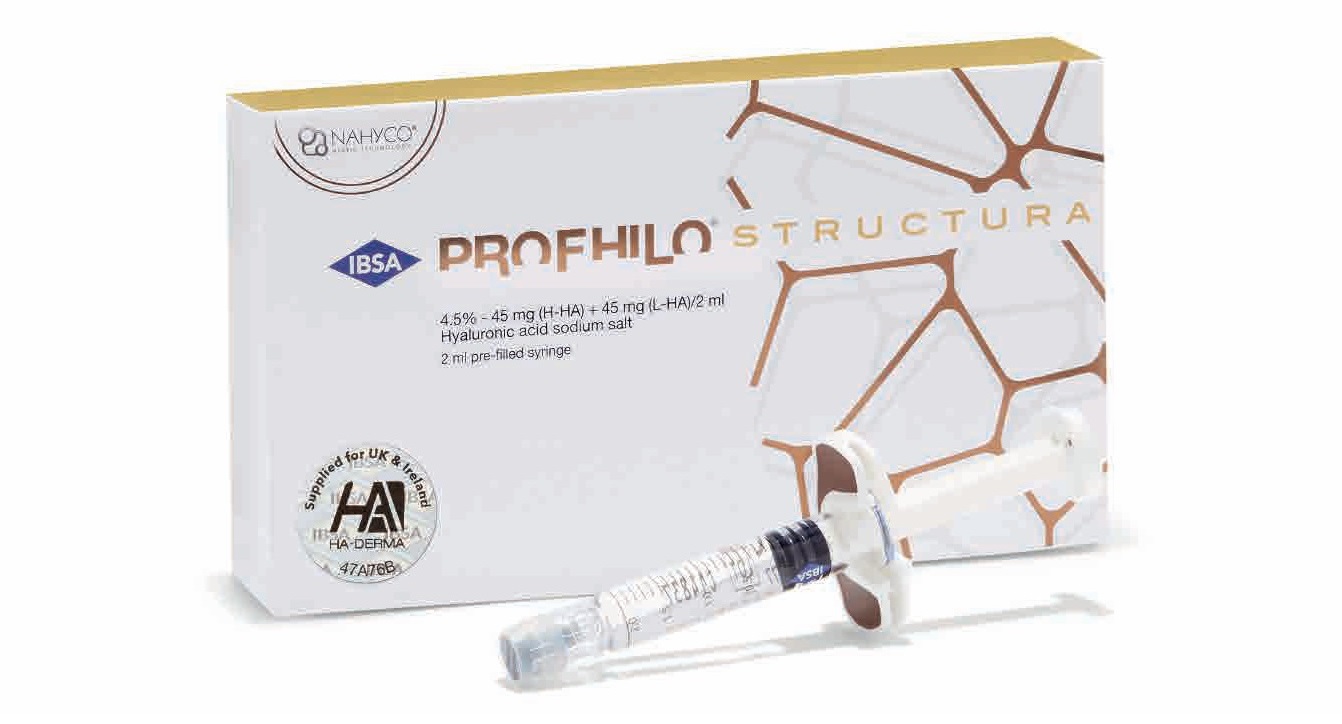
Since its debut in 2015, Profhilo has revolutionised the European regenerative medicine market. This pioneering injectable has redefined natural aesthetics nearly a decade after its launch.
With more than eight million treatments administered globally, misconceptions persist with some inaccurately describing Profhilo as just an ‘injectable moisturiser’ or ‘skin booster’. To commemorate the 10th anniversary of Profhilo, it is time to clarify the true impact and benefits of this transformative treatment, with the up-to-date insight from the latest study, Intradermal Injection of Hybrid Complexes of High- and Low-Molecular-Weight Hyaluronan: Where Do We Stand and Where Are We Headed in Regenerative Medicine?’ by Humzah et al., (published in the International Journal of Molecular Sciences in 2024).
The study highlights how Profhilo differs significantly from other treatments, such as linear hyaluronic acid (HA) used in mesotherapy which often includes vitamins, amino acids and peptides, and from cross-linked skin boosters or bio-stimulatory products recently popularised for skin improvement. It also provides an overview of the current literature on the in vitro studies and in vivo applications of hybrid cooperative complexes (HCCs) of HA, from facial and body rejuvenation to skin wound healing, dermatology and genitourinary pathologies.
Biorevitalisation, biostimulation and bioremodelling
The differences between the three in the context of the mechanism of action of HCCs are as follows:
1 BIOREVITALISATION Restores the loss in skin nourishment by directly providing vital components such as amino acids,vitamins, nucleotides, linear HA and collagen to fibroblasts and keratinocytes. |
2 BIOSTIMULATION Improves extracellular matrix hydration and elasticity through an immune-mediated response that stimulates the synthesis of HA, collagen and elastin by fibroblasts. Substances such as poly-L-lactic acid, calcium hydroxylapatite, polycaprolactone and carboxymethylcellulose are attributed to having a biostimulating activity. The biostimulation process induced by synthetic biomaterials, such as PLLA products, usually involves wan immune-mediated response that consequently may induce the establishment of a fibrotic pathway. |
3 BIOREMODELLING Reverses the signs of skin laxity, facilitating extracellular matrix homeostasis by improving the vitality of different cell types, including fibroblasts, keratinocytes, adipocytes and myocytes. HCCs induce tissue restoration through a physiological improvement of extracellular matrix homeostasis and cellular viability, making them a unique product in the market and a central player in regenerative processes. |
IS PROFHILO JUST AN INJECTABLE MOISTURISER? Without a doubt, no. The study’s conclusion suggests HCCs in Profhilo make it a key player in regenerative medicine. The importance is also confirmed by the patent-protected technology, which further assures the uniqueness of this product and of its mode of action. These advances in cross- linking technologies, such as NAHYCO—thermal stabilisation that does not require chemical bio-linkers—are ensuring its broader application in new and exciting fields such as regenerative medicine, tissue engineering and nanomedicine. Profhilo Structura launched to the industry on 4th June in London. Developed by IBSA using the patented NAHYCO technology, Profhilo Structura will represent another notable breakthrough in aesthetic medicine. |
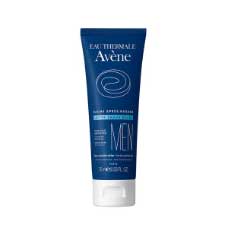
 Added to basket
Added to basket

 Unapplied Changes
Unapplied Changes


